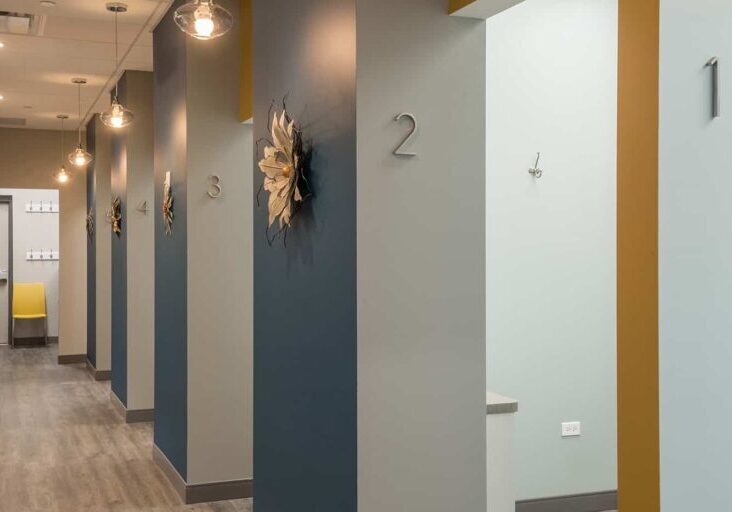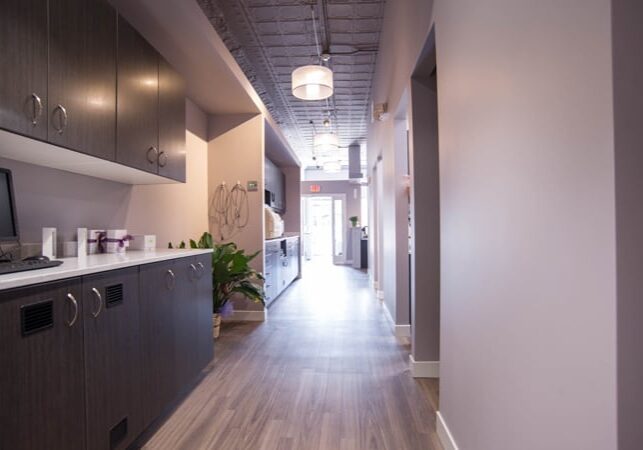
Moving Forward: Modern Medical Office Construction
Medical office construction has changed a lot since we first founded Apex Design Build. As such, modern medical...
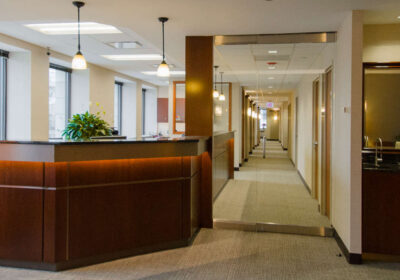
Expert Ideas for Dental Treatment Room Design
At Apex Design Build, our decades of experience give us an added edge over our competitors. This also...
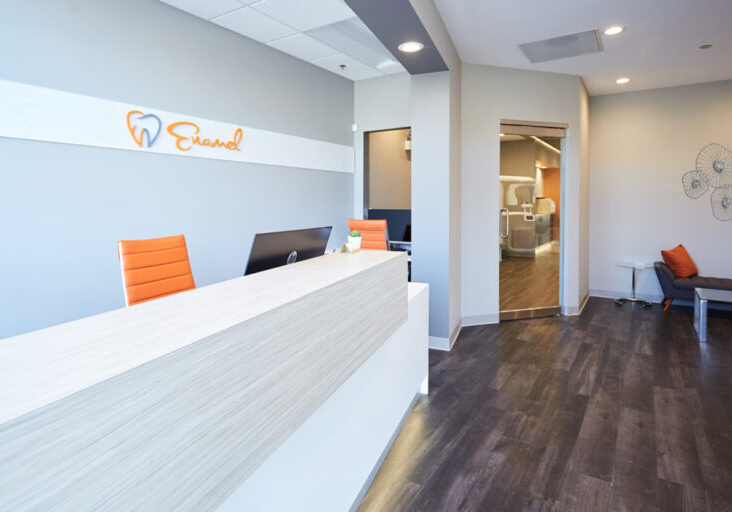
The Secret(s) to Great Dental Office Design
When it comes to the secret to great dental office design, there’s more than one! We know because,...
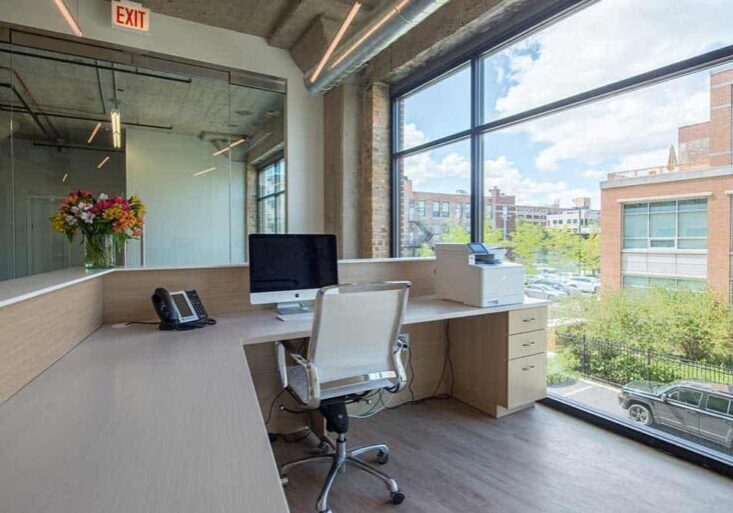
Options and considerations for expanding your practice
As your practice grows, you’re likely looking for ways to increase patient volume. How you grow your medical...
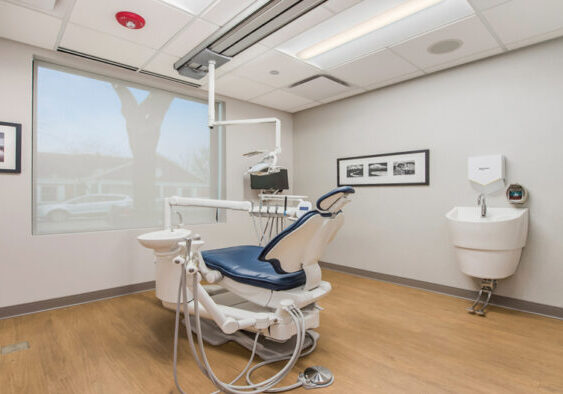
4 Reasons to Choose Custom Cabinets for Your Dental Office
When building a new dental office or remodeling your existing space, one question that gets tossed up often...
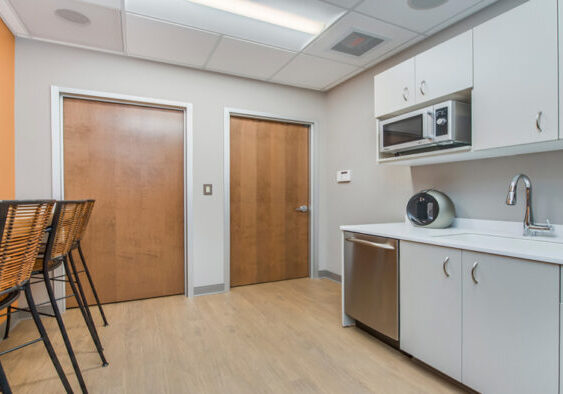
5 Key Ingredients for a Successful Dental Office Design
A well-designed dental practice takes a great deal of planning and consideration. As you commence on developing a...
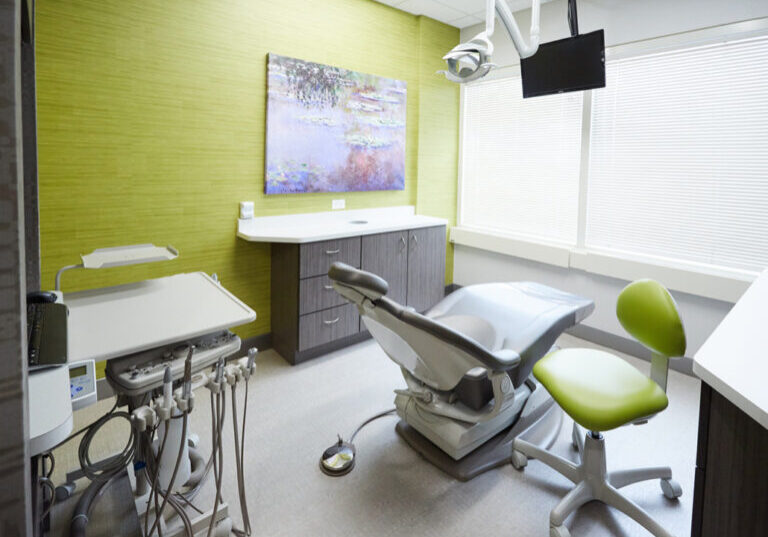
Preparing New Dental Office Renovation in Skokie IL by Apex Design Build
Apex Design Build was chosen to partner in the dental office renovation of Sergio Rubinstein DDS & Associates...


